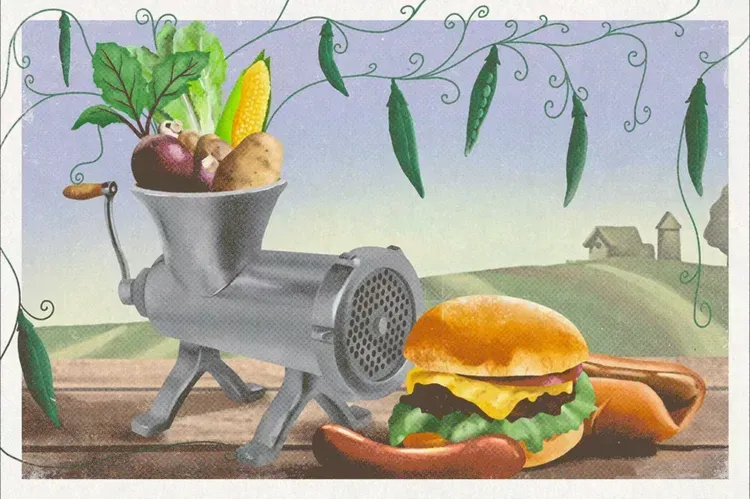Planting Wheat for Grazing
By PAUL BECK September 1, 2021
Wheat is a great resource for Oklahoma farmers and ranchers, it can be used for grazing only, grain production only, or as a dual-purpose grazing and grain crop. Ideal planting dates are different depending on the intended purpose of the crop.
The best grain crops are usually planted much later in the fall, around mid to late October. Dual purpose (grazing and grain) crops are planted in mid to late September. Because it is a double cropping system, seeding rates, planting dates, and fertilizer management are compromises between the needs for fall forage production and grain production in the spring.
When wheat is used only for grazing through the fall and winter and as a grazing or hay crop in the spring, planting dates are much earlier than if grain production is the goal. Profitability of grazing depends on achieving the earliest forage production and maximizing forage during the fall and winter, so planting dates can be as early and the end of August into early September.
When fields are planted earlier, soil temperatures are higher and soil moisture is usually limiting, therefore…
- Higher soil temperatures limit the length of the emerging shoot (coleoptile) of the plant so planting depth should be less than 1 inch.
- In clean till fields hard rains can cause the seed bed to crust over hindering emergence of the wheat plant.
- Earlier seeding makes it difficult to control cools season broadleaf and grassy weeds, so rotation of crops or seeding dates becomes necessary to clean up these issues.
- Insect pests, such as grasshoppers and fall army worms, are a bigger issue for early planted wheat, so scouting and control are important.
- Tom Royer with OSU Entomology and Plant Pathology presents Winter Wheat Management for Fall & Winter Pests. This webinar is part of the Thursday Rancher's Series and was presented on Nov, 12, 2020. OSU Extension: Winter Wheat Management for Fall & Winter Pests - YouTube
- Seeding rates for early planted wheat are recommended to be higher than later planted wheat at 1.5 (90 pounds per acre) to 2 (120 pounds per acre) bushels per acre.
In no-till with good residue cover, soil temperatures are cooler than clean-till, moisture retention is often better, and there are less problems with soil crusting. The cooler soil temperatures will slow seedling emergence for late fall plantings but can be of benefit for early planted wheat.
Resent research showed that fall forage production in no-till wheat plantings in mid-August and early September were similar to forage production of clean-tilled fields in early September. When planting was delayed until mid-September, fall forage production in tilled fields was better than in no-till. Stocker calf gains were the same for early planted no-till and clean-tilled fields, but no-till had later stocking dates and lower calf gains than clean-till when planted later.
There is a lot of compromise and give and take when planting wheat and other cool-season annuals for pasture. Each year is different, but when aggressively pursuing the earliest planting dates for maximizing fall forage production, producers must be ready to intervene if crusting occurs and control pests or replanting may be necessary.
e body content of your post goes here. To edit this text, click on it and delete this default text and start typing your own or paste your own from a different source.
You might also like
Jaynie Norman


